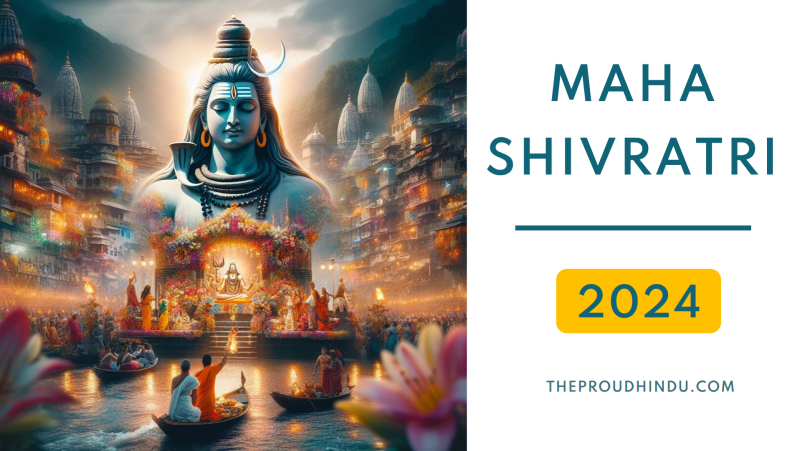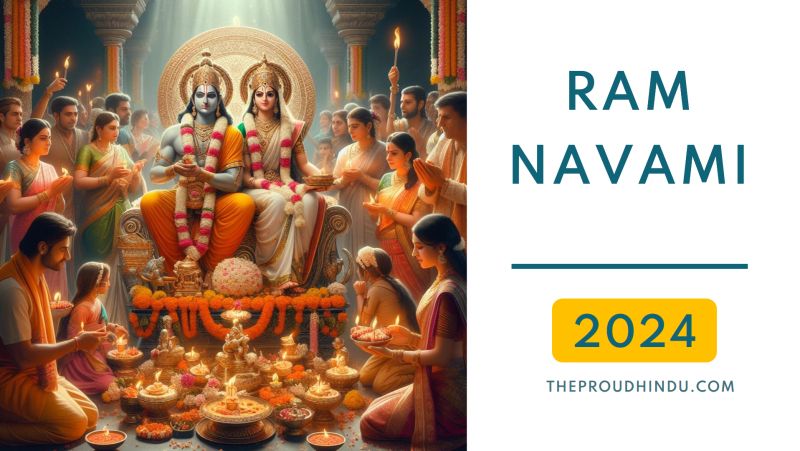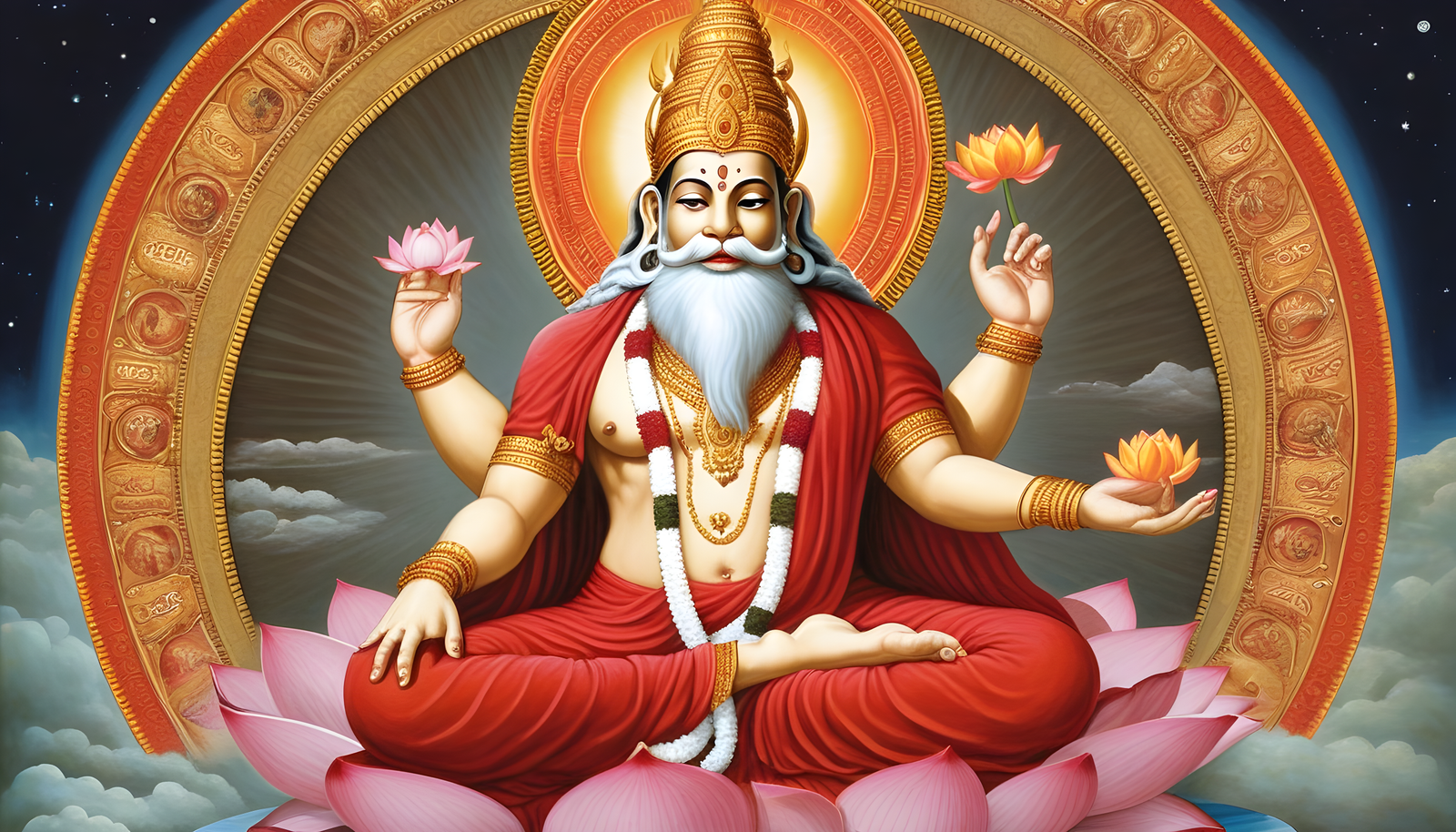
About Lohri Festival in 2025
Lohri 2025 is on Monday,13 January 2025. Lohri is a popular winter harvest festival primarily celebrated in the Punjab and North regions of India and among the Punjabi community worldwide. It holds significant cultural and traditional importance, marking the end of the winter solstice and the arrival of longer days as the sun starts its journey towards the northern hemisphere. Lohri is celebrated with immense enthusiasm and zeal, bringing together families, friends, and communities.
Here's a detailed overview of the Lohri festival:
Date of Lohri in 2025:
Lohri is typically celebrated on the 13th of January every year. However, it's essential to note that the festival date may slightly vary based on the Hindu calendar and astronomical events. For 2025, Lohri will be celebrated on Monday,13 January 2025
Customs and Traditions:
1. Bonfire (Lohri Diyaan): The central element of Lohri celebrations is the bonfire. People gather around the bonfire in the evening, singing traditional folk songs, dancing to the beats of dhol (drum), and offering prayers for a bountiful harvest and prosperity. This bonfire symbolizes the energy of the sun and is believed to provide warmth during the winter season.
2. Offerings and Feasting: Offerings in the form of til (sesame seeds), gur (jaggery), peanuts, popcorn, and other traditional sweets are thrown into the fire as a tribute. Post the rituals, families and communities come together to feast on traditional Punjabi dishes like Sarson da Saag (mustard greens), Makki di Roti (cornbread), gur (jaggery) sweets, and other delicious delicacies.
3. Dancing and Singing: People perform Bhangra and Gidda, traditional folk dances of Punjab, during Lohri celebrations. These dances are accompanied by vibrant music, singing traditional Lohri songs that narrate stories of folklore, history, and culture.
4. Gift Giving: Exchanging gifts and blessings is also a common tradition during Lohri. Families and friends exchange sweets, clothes, and various presents as a gesture of goodwill and love.
5. Celebration of Fertility and New Beginnings: Lohri also celebrates fertility and the spirit of renewal. It marks the onset of longer days and the harvesting of Rabi crops, signifying a new beginning and a prosperous year ahead.
Lohri is a festival that brings joy, warmth, and unity among people, signifying the richness of Punjabi culture and its vibrant traditions.
Different Names of Lohri in 2025
"Lohri," the festival is known by various names in different regions and among various cultural groups. The festival may have different names due to regional variations and cultural diversity across India. Here are some of the different names of Lohri:
1. Lohri: This is the most common and widely recognized name for the festival, particularly among Punjabi communities. The name "Lohri" is derived from the word "loh" which means a traditional bonfire, a central element of the celebrations.
2. Maghi: In certain parts of Punjab, Lohri is referred to as "Maghi." It falls a day after Lohri and is associated with the Sikh festival of Maghi, commemorating the valor of the Forty Liberated Ones.
3. Bhogi: In the southern Indian state of Tamil Nadu, Lohri is known as "Bhogi." It is part of the Pongal festival and marks the first day of Pongal celebrations, which signifies the harvest festival.
4. Makar Sankranti/Uttarayan: In various parts of India, including Gujarat and some northern states, Lohri is celebrated in conjunction with Makar Sankranti. In Gujarat, it is known as "Uttarayan," and it signifies the end of winter and the beginning of longer days as the sun moves northward.
5. Pongal: In Tamil Nadu, Lohri is sometimes referred to as "Pongal," particularly during the four-day Pongal festival that marks the harvest season.
6. Khichdi: In some regions, especially in Uttar Pradesh, Lohri is known as "Khichdi." It's observed by preparing khichdi (a dish made of rice and lentils) and offering it during the festival.
7. Sankranti: In parts of Karnataka and Andhra Pradesh, Lohri is celebrated as "Sankranti" or "Sankranthi," coinciding with the harvest festival of Makar Sankranti.
These alternate names reflect the regional and cultural diversity of India, where the festival is celebrated with varying traditions, rituals, and significance. Despite the different names, the essence of Lohri remains consistent across these regions—a celebration of the harvest season, the end of winter, and the beginning of longer, warmer days.
History of Lohri Festival
Its origins are deeply rooted in history, folklore, and the agrarian way of life. The history of Lohri can be traced back to several legends and historical events:
1. Harvest Festival: Lohri is primarily a harvest festival, celebrated to mark the end of the winter solstice and the arrival of longer days. It is a time when farmers rejoice and express gratitude for a successful harvest season. The festival also signifies the harvesting of the Rabi crops.
2. Historical Legends: There are various legends associated with the origin of Lohri. One such legend is the tale of Dulla Bhatti, a legendary hero who lived during the reign of Mughal Emperor Akbar. Dulla Bhatti was known for rescuing girls from being forcibly taken away and sold in markets. During Lohri, songs praising Dulla Bhatti's bravery and generosity are sung, honoring his spirit.
3. Sun Worship: Lohri is also associated with the worship of the sun. The bonfire lit during Lohri symbolizes the return of the sun's warmth and energy, marking the end of the cold winter days and the beginning of longer daylight.
4. Cultural and Social Significance: Beyond its agricultural importance, Lohri holds immense cultural significance. It brings communities together, fostering unity and social harmony. Families and friends gather around the bonfire, singing traditional songs, performing folk dances like Bhangra and Gidda, exchanging greetings, and sharing festive foods.
5. Punjabi Folklore: Lohri is deeply embedded in Punjabi folklore, with songs and stories passed down through generations. The folk songs sung during Lohri celebrations narrate tales of the region's culture, history, and traditional way of life.
6. Religious Significance: For some, Lohri also marks the end of the winter months and the beginning of longer days, symbolizing the triumph of good over evil. It is celebrated a day before Makar Sankranti in some regions, signifying the shift of the sun into the Northern Hemisphere.
Overall, Lohri reflects the rich cultural heritage of Punjab, celebrating the spirit of joy, gratitude, and togetherness. It encapsulates the agricultural prosperity, historical legends, and social harmony that define the festival's significance.
Significance of Lohri 2025
Lohri, a vibrant and joyous festival, holds significant cultural, social, and agricultural importance. Its significance encompasses various aspects that contribute to its celebration:
1. Harvest Festival: Lohri marks the culmination of the winter season and the onset of longer days. It is primarily an agricultural festival that celebrates the harvesting of winter crops, especially the Rabi crops. Farmers express gratitude for a bountiful harvest and pray for prosperity in the upcoming agricultural season.
2. Welcoming Longer Days: Celebrated on the eve of the winter solstice, Lohri symbolizes the end of the cold season and the beginning of longer, warmer days. The lighting of the bonfire signifies the return of the sun's energy and warmth.
3. Cultural Celebration: Lohri is a festival that strengthens social bonds and celebrates the vibrant culture of Punjab. Families, friends, and communities come together, sharing joy, laughter, and traditional customs.
4. Bonfire Ritual: The bonfire, known as the Lohri diyaan, is the focal point of the celebrations. People gather around the bonfire, offering prayers and throwing offerings like sesame seeds, jaggery, peanuts, and popcorn into the fire. It symbolizes the energy of the sun and the worship of Agni (fire deity).
5. Folk Songs and Dances: Traditional folk songs, especially those praising the legendary hero Dulla Bhatti, are sung during Lohri. People perform Bhangra and Gidda, traditional Punjabi folk dances, adding to the festive spirit.
6. Community Togetherness: Lohri promotes unity, harmony, and togetherness among people. It brings communities closer as they join in celebrations, exchange greetings, and share festive foods.
7. Cultural Heritage: The festival carries forward the rich cultural heritage of Punjab, reflecting its history, folklore, and traditional way of life. The songs and rituals associated with Lohri are passed down through generations, preserving the cultural essence.
Overall, Lohri is a festival that celebrates the spirit of abundance, prosperity, and happiness while fostering unity and preserving cultural traditions. It is a time of celebration, gratitude, and optimism for a prosperous future.
Lohri Date
| Year | Date | Day |
|---|---|---|
| Lohri 2023 Date | 14 January 2023 | Saturday |
| Lohri 2024 Date | 13 January 2024 | Saturday |
| Lohri 2025 Date | 13 January 2025 | Monday |
| Lohri 2026 Date | 13 January 2026 | Tuesday |
| Lohri 2027 Date | 13 January 2027 | Wednesday |
You may also like …
Are You The Proud Hindu?
The Trimurti
Create an account to join us and start taking part in conversations.
SIGNIN































